IBM 350 - The World's First Hard Drive

I think there's an issue with my storage device, but I'm not sure
Start a free evaluationEvery major piece of technology has a beginning. Whether it was instantly adopted, took time to be accepted, or served as the basis of the idea that did catch on, most of the kinds of products you use began as a single item or invention. Karl Benz’s gas-powered internal combustion engine has been the basis for most automobiles since 1886. Magnavox kicked off the home console video game market in 1972. So, where did the hard disk drives first begin? For that, we go back to 1956, and US Patent 3,503,060.Punch cards are a method of data storage that goes back to the 19th Century, but in the mid-1950s they were still the conventional way to save data. However, the demands of real-time accounting were becoming too great for any conventional method. IBM recognized this, and while working on their upcoming accounting computer, the IBM 305 RAMAC (Random Access Memory Accounting Machine), they were also working on what would become Genesis for magnetic disk storage. Inside the IBM 305 RAMAC was the first ever hard disk drive: the IBM 350.Introduced in 1956, the IBM 350 was a 3 year project developed by the company’s San Jose laboratory. It had a storage capacity of 3.75 megabytes (the equivalent of 64,000 punch cards) contained on fifty 24-inch diameter disks spinning at 1,200 RPM. It was encased in a 68 square foot cabinet within the 305, which all in all weighed over a ton.The development of the IBM 350 irked some members of IBM’s Board of Directors, because they were afraid that the technology would cannibalize the company's highly-profitable punch card business. The project was actually cancelled for a time, but the San Jose team continued to work on it regardless. IBM President T.J. Watson Jr. eventually gave the project his blessing, and the project was green lit for good.One of the reasons that it was so successful was its capabilities of random access data reading. Instead of having to go through unrelated data to access specific data, like with a VHS tape having to fast forward through scenes a to get to a specific part, the IBM 350 could read from any spot on the hard disks. As a result, read time for the IBM 350 was just 600 milliseconds.The entire 305 RAMAC unit was available for rent for $3,200 a month - $27,481.88 a month in today’s dollars. It is said that IBM could have built the 350 with even more capacity, but with 3.75MB already being a massive amount of storage in 1956, IBM decided there wasn't the marginal benefit for giving it more space.IBM’s hard disk drive technology became one of the most profitable product lines in company history, earning the company tens of billions of dollars over the decades. However, as the decades progressed, new competitors like Western Digital and Seagate emerged. IBM wasn't able to keep up with the innovations these companies brought to the market, and by 2002 IBM’s HDD business was a money losing operation. That year IBM sold its HDD business to Hitachi for a little over $2 billion.A truly innovative piece of technology is one where many of its aspects stand the test of time. Innovations like magnetic platters and random access reading are still found in every hard disk drive in 2013. Even as solid state drives continue to chip away at HDDs in the hard drive market, HDDs remain the most prevalent form of data storage in the world. Since the performance of computers today would not be possible without economic means of storing our data, we owe our gratitude to IBM for helping usher in the Computer Age.
Related services
These are the most commonly requested data recovery services. At our headquarters' cleanroom lab, our certified engineers conduct a thorough review of any type of physical storage device, determining if there is logical or physical damage and carefully restoring all of the lost files.ces.

External Drive Data Recovery
We recover data from both external SSD and HDD drives. Rely on certified experts to restore your important files from damaged or corrupted external drives.
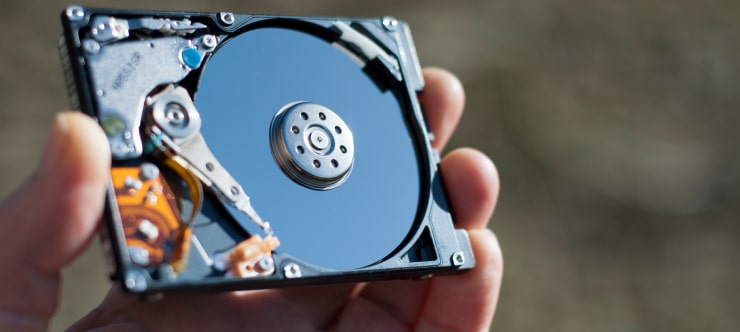
Hard Drive Data Recovery
Recover data from all brands of HDD, PC hard drives, and hybrid disks. Our specialists ensure fast and secure recovery for any data loss scenario.
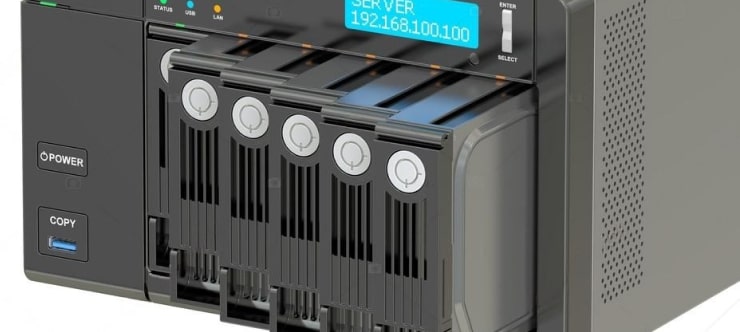
NAS Data Recovery
Recover data from NAS devices, including RAID configurations. Our team handles all types of NAS systems and ensures data recovery with minimal downtime.
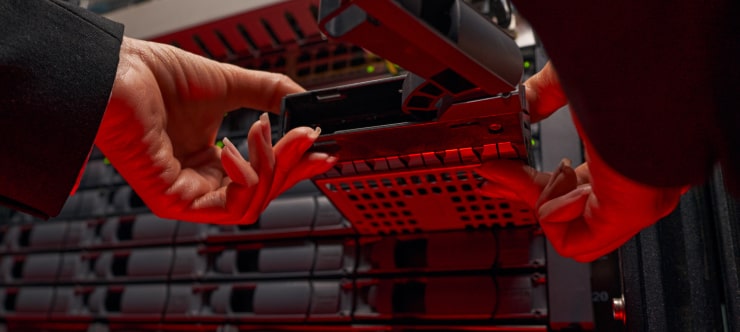
RAID Data Recovery
Our RAID data recovery services cover RAID 0, 1, 5, 10, and other configurations. We offer expert solutions for failed, degraded, or corrupted RAID arrays.
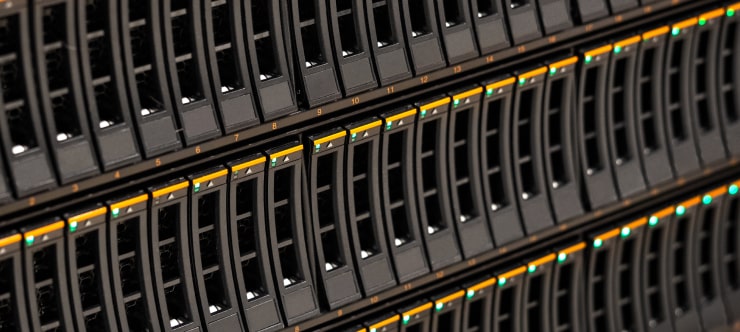
SAN Data Recovery
Our team specializes in handling SAN devices from leading manufacturers like Dell EMC, HP, and IBM, ensuring efficient recovery with minimal disruption to your operations.
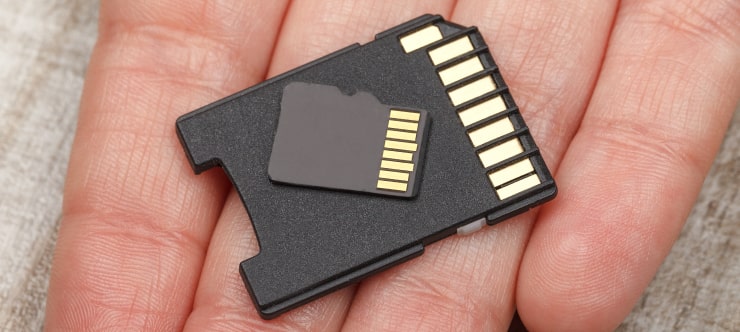
SD Card Data Recovery
Our recovery experts specialize in restoring data from SD and memory cards. We guarantee quick recovery with a no-data, no-charge policy.
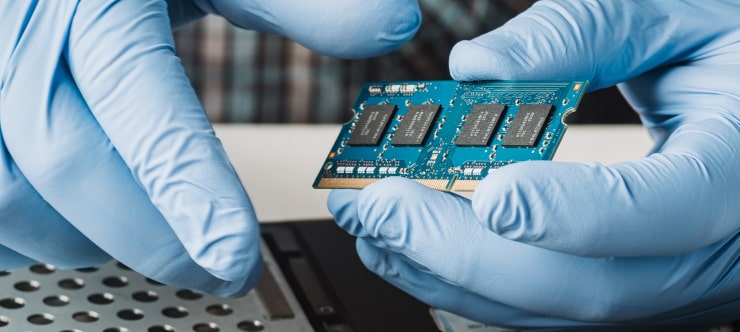
SSD Data Recovery
Our data recovery experts handle all SSD data loss scenarios with advanced tools, ensuring maximum recovery with high-security protocols.

USB Flash Drive Data Recovery
Recover lost data from USB flash drives, regardless of the damage or brand. We offer free in-lab evaluations to assess data recovery needs.
If you’re unsure about which data recovery service to choose, let our team assist you in selecting the appropriate solutions. We understand the anxiety that comes with a sudden drive failure, and we are more prompt in our actions compared to other recovery service providers.



